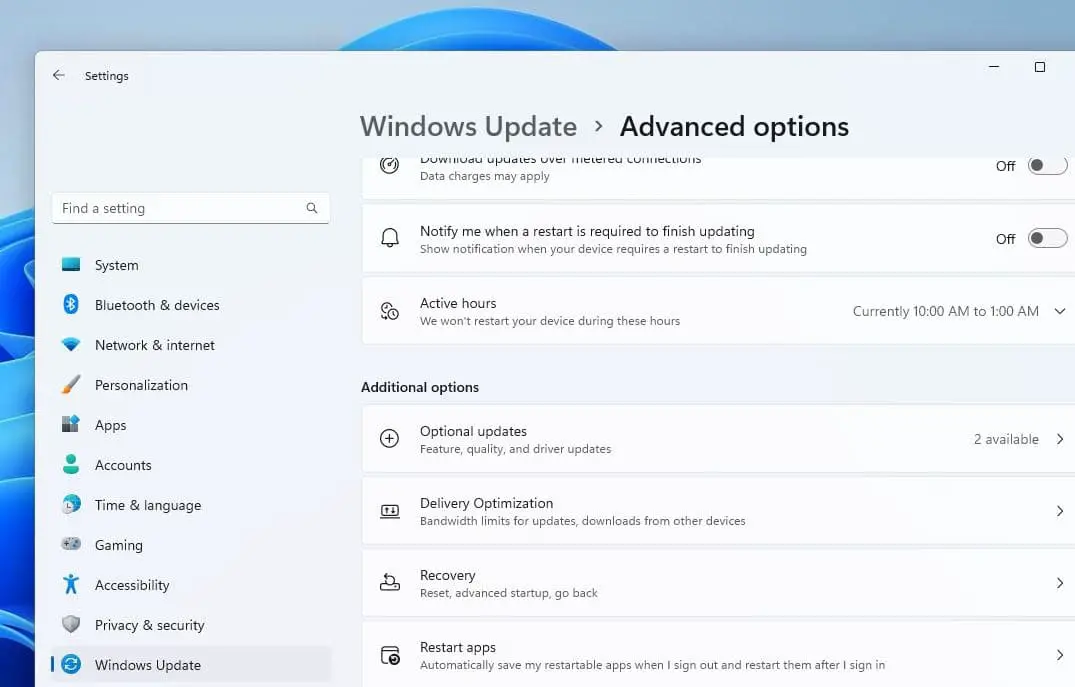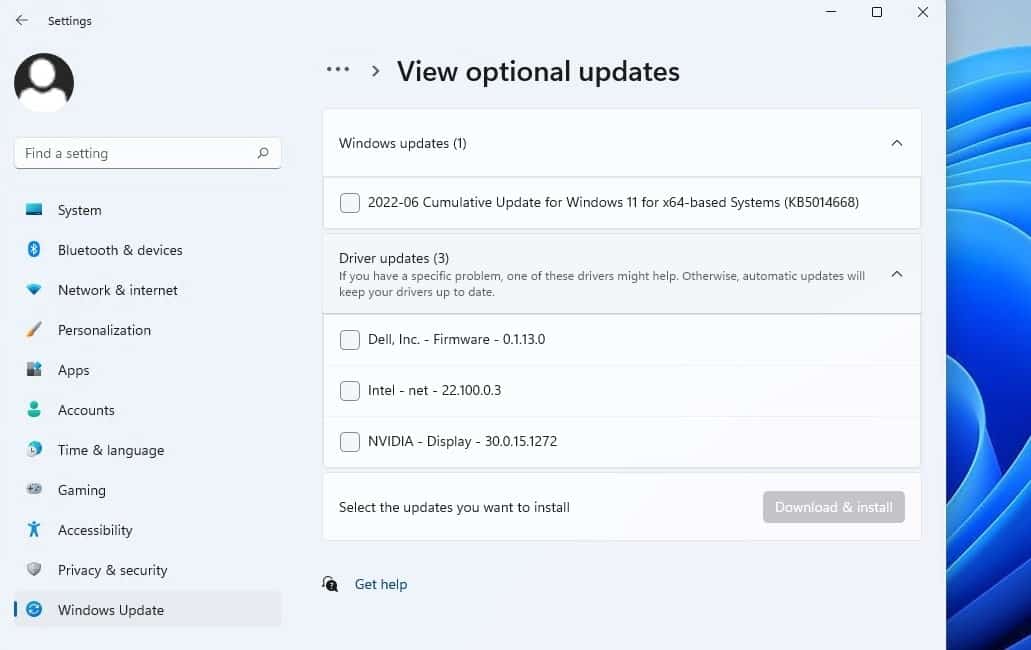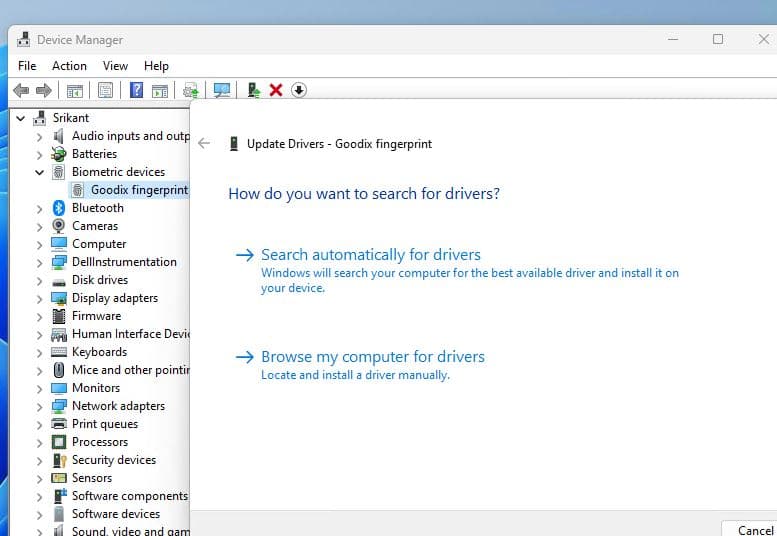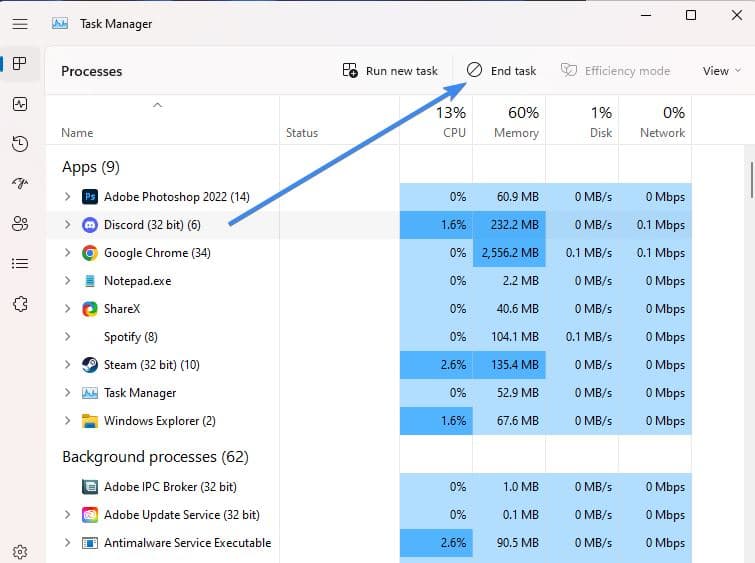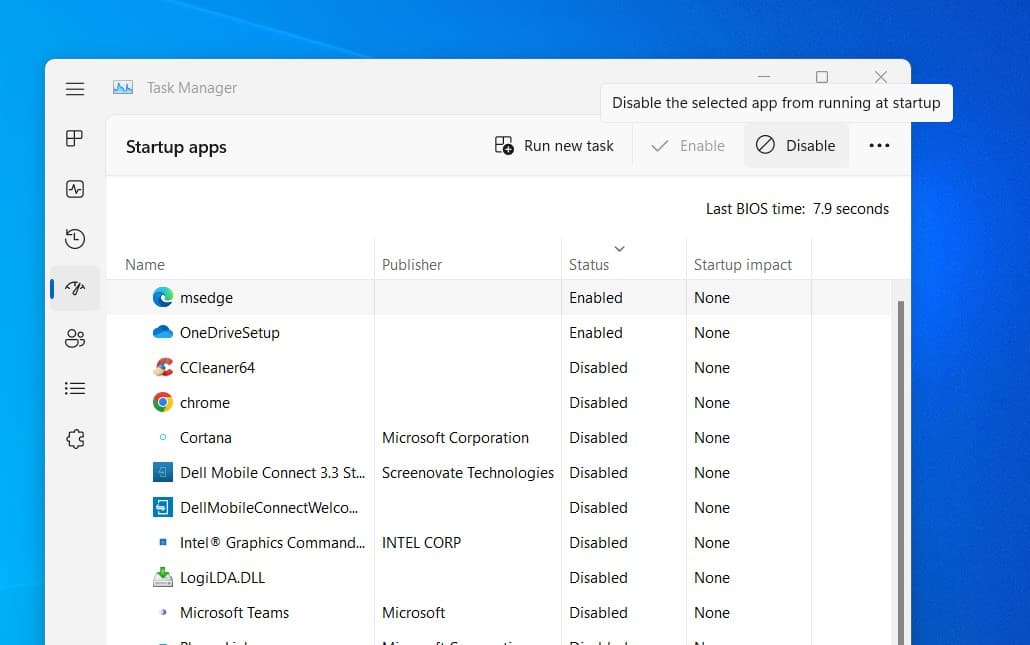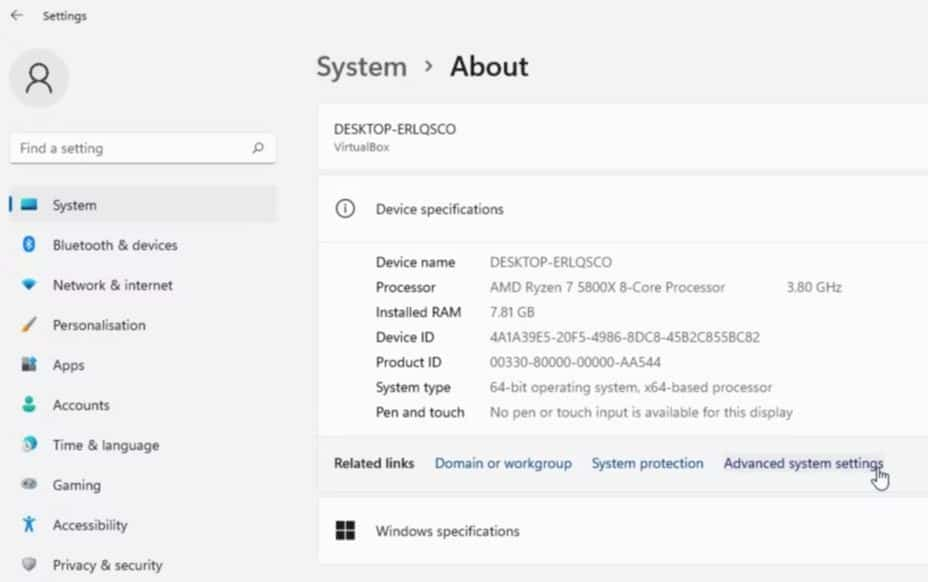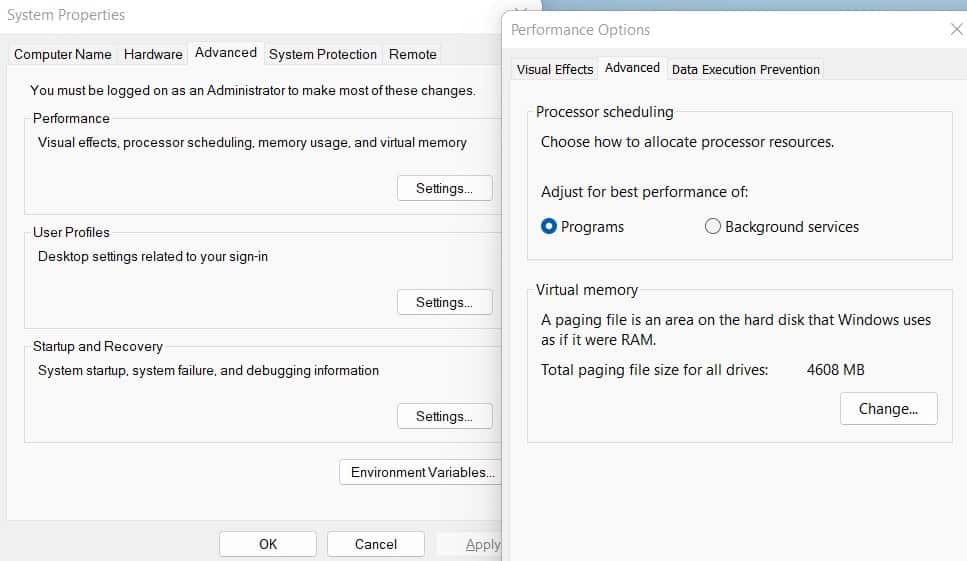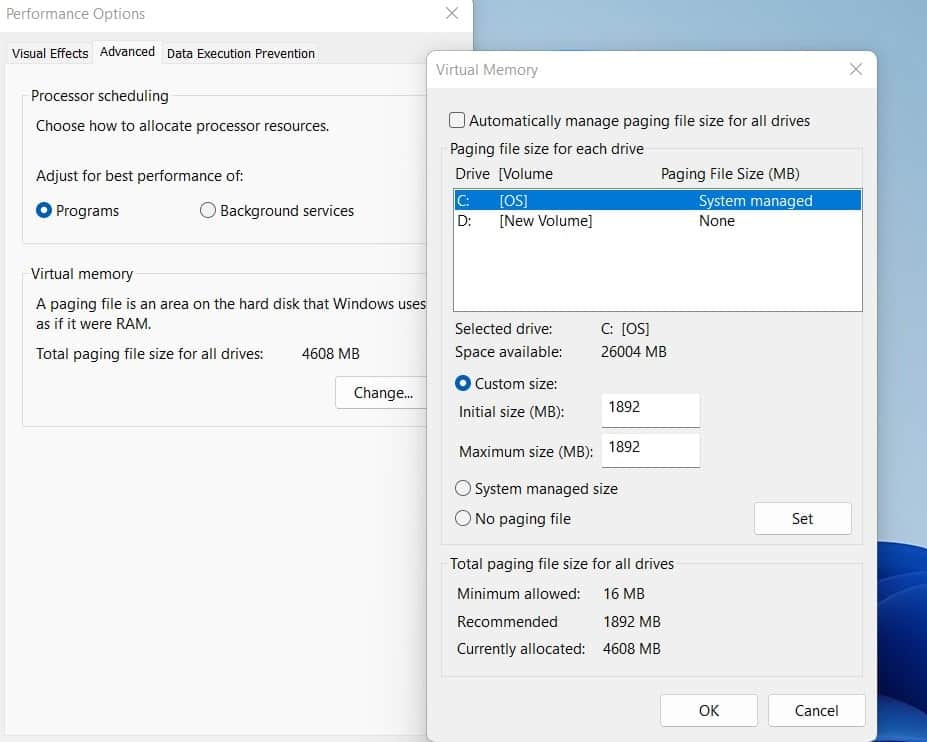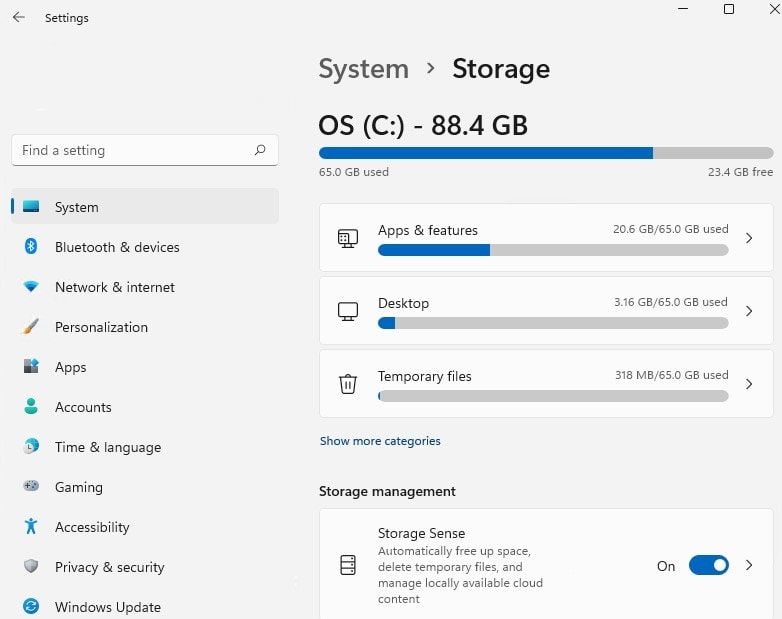Windows 11 is the latest operating system from Microsoft, and it promises to deliver a faster, smoother, and more secure experience for users. But sometimes you may notice your laptop is not running as fast as it should. Various reasons Why Your Windows 11 Laptop Is Slow, too Many Startup Programs to Outdated Software or Drivers, Insufficient RAM or Storage, virus and malware infections are common. However, there are some simple steps you can take to optimize its performance and speed up Windows 11. In this article, we will show you how to increase laptop speed Windows 11 with five advanced methods.
How to speed up laptop Windows 11
Over time, the accumulation of unnecessary files, outdated software, and a full hard drive can contribute to slow Windows 11 performance. Additionally, limited RAM and older hardware may struggle to keep up with the demands of modern applications and the reason why Windows 11 Laptop is very slow and hanging.
Here are some of the common reasons why Windows 11 Laptop is so slow
- Running multiple applications concurrently or using memory-intensive programs.
- Older hardware components may struggle to keep up with the demands of modern software, leading to decreased performance.
- A full hard drive can impact system performance, so regularly free up space by removing unnecessary files.
- Numerous programs launching at startup extend boot time; disable unnecessary ones for a faster start.
- Using outdated operating systems, applications, or drivers may lead to compatibility issues, affecting the laptop’s speed.
- Malicious software compromises system performance by running unwanted processes in the background.
- Excessive heat can trigger thermal throttling, reducing CPU performance and causing overall system slowdowns.
Before delving into optimization, it’s crucial to ensure that your laptop meets the minimum system requirements for Windows 11. Running an operating system on hardware that falls below the specifications can lead to performance issues and slowdowns.
Also Restarting your laptop can clear the memory cache, close any background processes, and fix any temporary issues that may be slowing down your laptop.
Update your system and drivers
One of the first things you should do to speed up your Windows 11 laptop is to make sure that your system and drivers are up to date. Windows updates often contain bug fixes, security patches, and performance enhancements that can improve the stability and speed of your laptop. Drivers are software components that allow your hardware devices to communicate with your operating system. Outdated or missing drivers can cause compatibility issues, errors, and slowdowns.
To update the Windows 11 system and drivers:
Click the Start button and type “settings” in the search box. Click on the Settings app icon to open it.
- In the Settings app, click on Windows Update on the left pane.
- Then click on Check for updates on the right pane.
- Windows will automatically check for any available updates, if new updates are available, allow them to download and install.
- To check for driver updates, click on Advanced options under Windows Update. Then click on Optional updates.
- You will see a list of drivers that have updates available. Select the ones you want to install and click on Download and Install.
- Restart your laptop after installing the updates.
In addition, you can update the device driver using Device Manager:
- Press Windows key + X and select Device Manager
- Expand the categories of devices that you want to update, then right-click on the device and select Update driver.
- Click on Search automatically for drivers, then follow the instructions to install the latest driver.
Keep all drivers up to date, especially graphics and chipset drivers
Free up RAM on Windows 11
RAM (Random Access Memory) is the temporary storage space that your laptop uses to run multiple programs and tasks at the same time. If your RAM is full or low, your laptop will slow down and become unresponsive.
To free up RAM on Windows 11:
Close the apps that you are not using. You can use the Task Manager to see which apps are consuming the most RAM and end them if necessary.
- To open the Task Manager, press Ctrl + Shift + Esc on your keyboard, or right-click on the taskbar and select Task Manager.
- Then, click on the Processes tab and sort by Memory.
- Right-click on any app that you want to close and select End task.
Disable unnecessary startup programs. Some programs may run automatically when you start your laptop, which can slow down the boot time and use up RAM. To disable unnecessary startup programs on Windows 11,
- Open the Task Manager and click on the Startup tab.
- Then, right-click on any program that you don’t need to run at startup and select Disable.
Use ReadyBoost to help improve performance. ReadyBoost is a feature that allows you to use a USB flash drive or an SD card as an extra memory cache for your laptop. This can help speed up Windows 11 by reducing the load on your hard drive and RAM.
- To use ReadyBoost on Windows 11, plug in a compatible USB flash drive or SD card into your laptop.
- Press Windows key + E to open File Explorer, right-click on the device Select Properties,
- Click on the ReadyBoost tab, Choose Dedicate this device to ReadyBoost or Use this device, then click OK.
Also read: 10 Tips to Free Up RAM on Your Windows Computer (Updated)
Increase virtual memory
Another way to speed up your Windows 11 laptop is to adjust the page file size and the performance settings. Page file size or Virtual memory is a part of your hard drive that acts as an extension of your RAM. When your RAM is full, Windows 11 will move some of the data from RAM to virtual memory to free up space. However, if your virtual memory is too small or too large, it can affect your laptop’s performance and speed.
To increase virtual memory on Windows 11:
- Open the Settings app by clicking on the Start menu and selecting Settings, or by pressing Windows + I on your keyboard.
- Click on System -> About, then scroll down and click on Advanced system settings.
- In the System Properties window, click on the Advanced tab, then click on Settings under Performance.
- In the Performance Options window, click on the Advanced tab, then click on Change under Virtual Memory.
- Uncheck the box next to Automatically manage paging file size for all drives, then select your main drive (usually C:).
Click on Custom Size, then enter the initial size and maximum size for your virtual memory in megabytes (MB). The recommended size is 1.5 times your total RAM, but you can adjust it according to your needs. For example, if you have 8 GB of RAM, you can set the initial size to 12288 MB and the maximum size to 24576 MB.
- Click on Set, then click OK to save the changes.
Go back to the Performance Options window and click on the Visual Effects tab. Then select Adjust for best performance to disable all visual effects, or select Custom and uncheck the boxes next to the effects that you don’t want. Click on OK to apply the changes.
Defrag the Windows 11 hard drive
Defragmentation is a process that rearranges the files on your hard drive so that they are stored in contiguous blocks. This can improve your laptop’s speed and performance by reducing the time it takes to read and write data from your hard drive.
Note: If you have an SSD (Solid State Drive) instead of a HDD (Hard Disk Drive), you don’t need to defrag it as it doesn’t affect its performance.
- Open File Explorer by clicking on the folder icon on the taskbar, or by pressing Windows + E on your keyboard.
- Right-click on your main drive (usually C:) and select Properties.
- Click on Tools, then click on Optimize under Optimize and defragment drive.
- In the Optimize Drives window, select your main drive (usually C:) and click on Analyze. This will show you how fragmented your drive is.
- If your drive is more than 10% fragmented, click on Optimize to start defragmenting it.
Check for low disk space and free up space
Disk space is the amount of storage space available on your hard drive for your files and programs. If your disk space is low, your laptop will have less room to store temporary files and cache data, which can affect its performance.
To free up disk space, you can delete any unnecessary files and programs from your laptop, or move them to an external storage device or a cloud service. You can also use the built-in Disk Cleanup tool to remove any temporary files, system files, or other junk files that are taking up space on your hard drive.
In addition, use builtin storage sense to free up space on Windows 11
- Open the Settings app by clicking on the Start menu and selecting Settings, or by pressing Windows + I on your keyboard.
- Click on System, then scroll down and click on Storage.
You’ll now see a list of the top five categories where most of your storage is being used on your main drive. For each category, click on See what’s taking up space to see more details and options to free up space.
You can also click on Temporary files to see a list of files that you can safely delete, such as recycle bin, downloads, thumbnails, delivery optimization files, etc. Select the files that you want to delete, then click on Remove files.
You can also use Storage Sense to automatically free up space on your drive. Storage Sense is a feature that deletes temporary files and other unnecessary files when your drive is low on space. To enable Storage Sense on Windows 11, click on Configure Storage Sense or run it now under Storage Sense. Then, turn on the toggle switch next to Storage Sense. You can also customize how often Storage Sense runs and what files it deletes.
Malware can significantly impact system performance. Run a full antivirus scan to detect and remove malicious software. Consider using reputable antivirus software to provide real-time protection against potential threats.
These are some of the best methods to increase laptop speed Windows 11. By following these tips, you can optimize your laptop’s performance and enjoy a faster and smoother Windows 11 experience. If you have any questions or suggestions, feel free to leave a comment below.
Also read:


